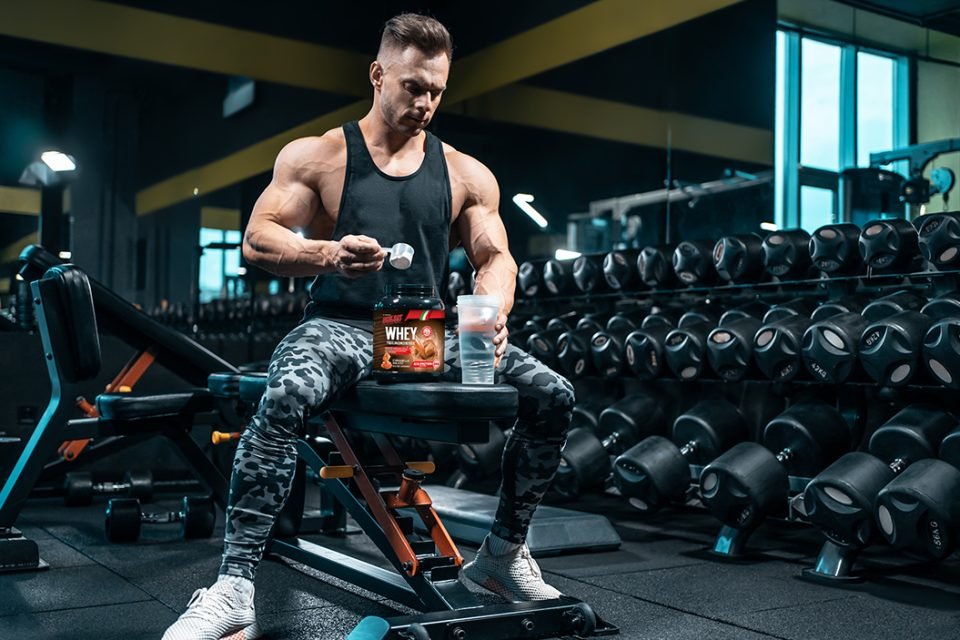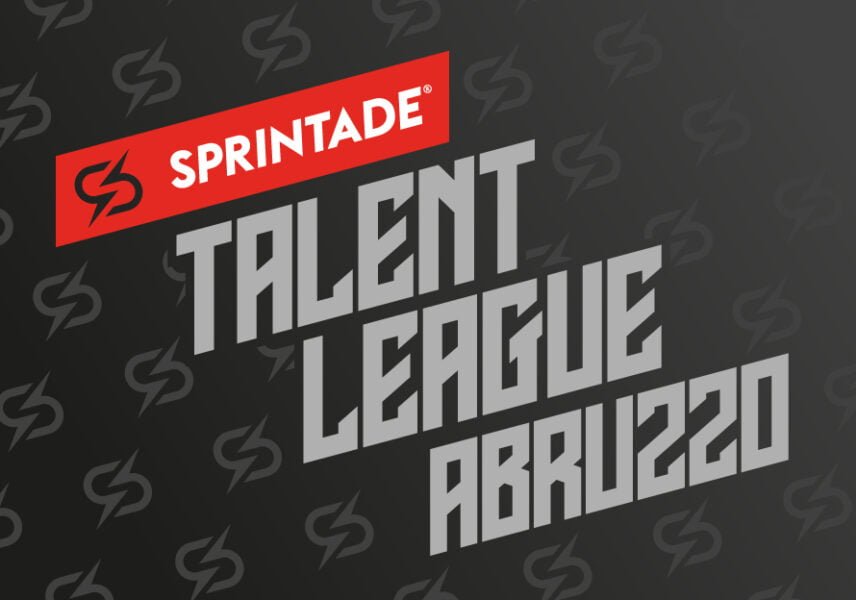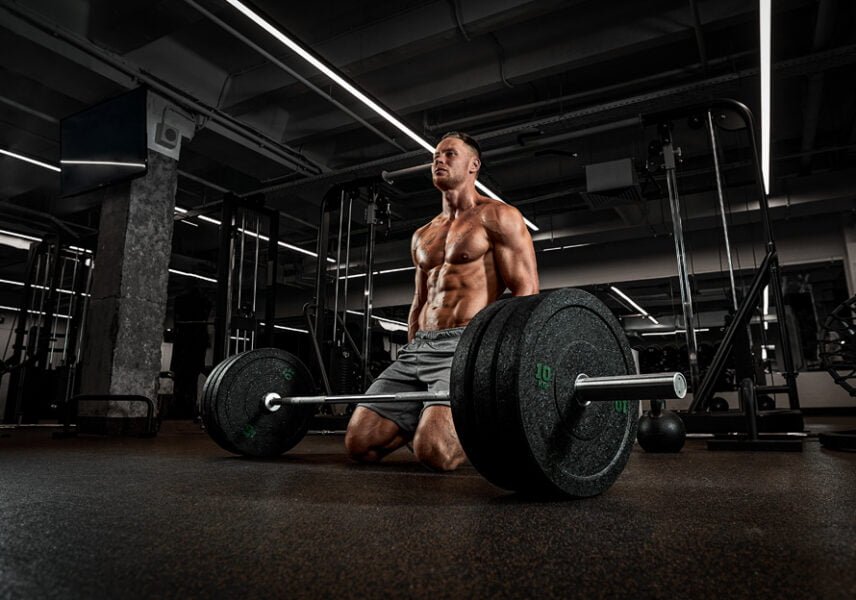What nutrition and diet can you follow to increase muscle mass?
Anyone who wants to gain muscle mass, sooner or later turns to a diet or a protein-rich diet. But is it really necessary to take a lot of protein to see lean mass grow?
The right context: training
Let’s start by saying that nutrition alone does not guarantee results in terms of increased muscle mass. Muscle augmentation is a strategy that our body adopts to cope with recurring efforts that require the use of muscle fibers, which are in fact stressed and in some cases damaged. Training with repetitive movements, with loads (especially cast iron weights, elastic bands, ropes or machines) turns out to be the best tool to achieve better tone and volume and stimulate volume growth. Some muscle areas, such as the calf (lateral and medial twin) of the thigh (femoral biceps, femoral quadriceps), are also positively affected by stimuli such as those that occur in cycling, so with high repetitions, especially if intensive exercises and climbs are introduced (cyclists do not despair!).
Even when increasing proteins for muscle mass, working on diet and nutrition, we have to be patient. In adults who do not resort to doping, the process is always slow and gradual, but first results in terms of increased tone (especially) usually come early.
How much protein per day
The EFSA indication is to take between 0.8g and 1.3g of protein per kilogram of body weight per day. It is known that in bodybuilders and athletes in general this quantity is often exceeded. The results therefore show that protein supplementation leads to a better body composition – not only – but that the predilection of protein in the caloric ratio may also lead to weight loss. Although proteins have about the same calories as carbohydrates per gram, they play a functional role and up to a certain amount per meal could be used by the body for the synthesis and repair of muscles and other tissues.
So yes, a more protein diet or diets promotes the building of a good physical shape.
But how do you get more protein?
Taking into account calories and macronutrients can be helpful in setting your starting point. Many foods that we consider protein, are “average protein” foods. Quickly a list of high protein foods be the following:
- Poultry (chicken breast, boneless legs) 29g protein per 100g
- Meat (lean beef fillet) 26-29g protein per 100g
- Salmon 23g per 100g
- Nuts 20g per 100g
- Chicken egg yolk 11g per 100g
- Ricotta (sheep) 10g per 100g
- Lentils 9g per 100g
Finally, remember that even flour and pasta, better if whole ones, have a decent protein content and that proteins, however definitely present in legumes, are often missing chains of some amino acids important for body composition and muscle mass growth.
In addition, red meat and even more salmon and nuts, have a high proportion of fat.
Is a high protein diet very expensive?
In most athletes who use a hyperprotein diet, or in any case higher than the recommended minimum of 0.8g per kilo of weight, the escamotage is to supplement proteins such as those derived from whey, WHEY protein concentrate or isolated. A pack of one kilo of concentrated proteins allows you to bring 800 or more grams of protein into your monthly diet, a solution 20 or 30 times cheaper than the equivalent consumption of meat and definitely less harmful.
 04/04/22
04/04/22 3
3




